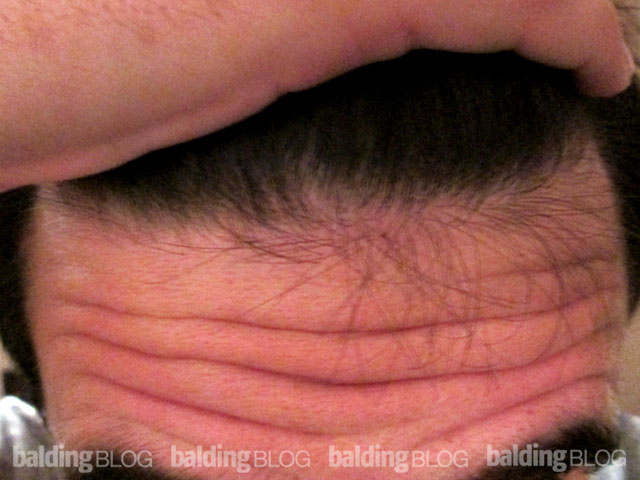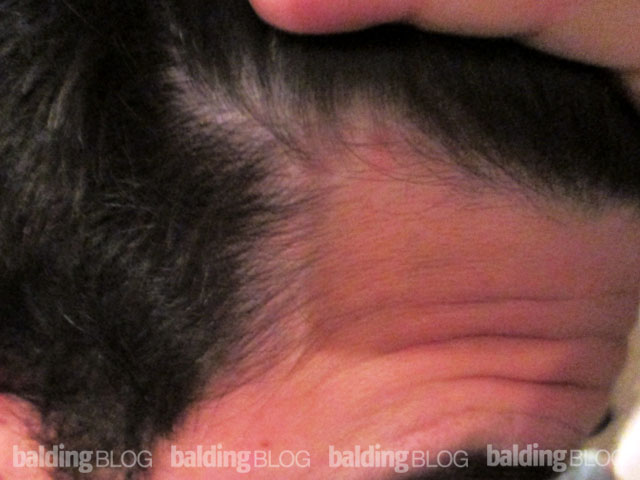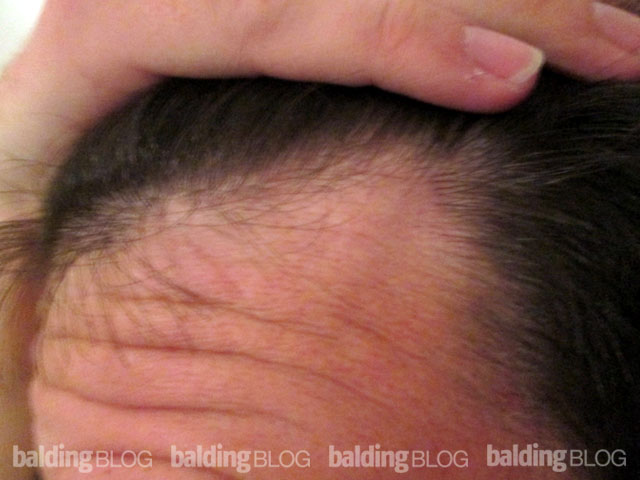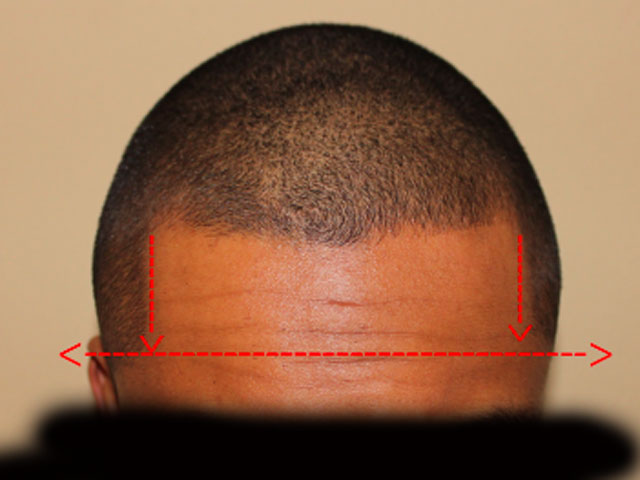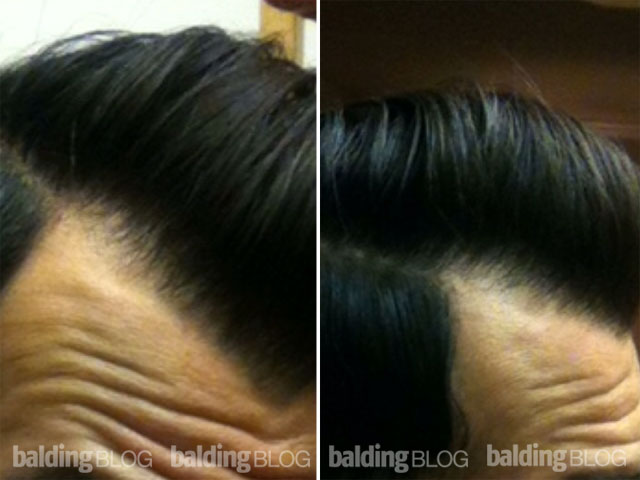I’ve been trying to find the best ARTAS doctor but I am still confused. Some doctors say NeoGraft is the best surgery. It’s hard to choose or believe which is better. Where can I find the best doctor for this?

Follicular Unit Extraction (FUE) is a basically a harvesting technique in hair transplant surgery. FUE is a way for doctors to “take out” your donor hair. The other method is oftern called a “strip” method or Follicular Unit Transplant (FUT). The strip method harvests the hair follicles by taking a small linear cut of your scalp. You often see horrific hair transplant scars on the Internet related to strip scars. However this is not always the case.
The ARTAS robot is basically a tool or an instrument a doctor uses to harvest donor hair follicles using the FUE method. Instead of a doctor doing the surgery, an automated robot takes out the hair follicles. You still need the doctor to design and make the recipient sites to implant the hair. In other words, ARTAS does NOT perform the critical part of the surgery. The part that matters. The part that give you a new hair line. A great ARTAS robot that is used in surgery may still give you a horrible result if the doctor is not a skilled artist and surgeon. There have been cases where doctors (gynecologists or pediatricians) that are NOT hair transplant surgeons, doctors that have never performed a hair transplant surgery, buy the ARTAS robot believing they can be a great hair transplant doctor. Can you be a great cook if you buy the best cooking knives, pots, and pans? Can you be a great football player if you have expensive football gear?
The Neograft system is also an instrument a doctor use to harvest donor hair. The Neograft system has not been traditionally popular with hair transplant doctors. Instead, the Neograft system is sold to cosmetic surgeons and dermatologist who do not specialize in hair transplant surgery. In many cases there is a Neograft team of technicians that are contracted to come on the day of surgery to harvest the hair for the doctors. These people are called “ICs” Independent Contractors. Most ICs are not even nurses or hold any medical degree. This (ICs doing surgery) is illegal in certain states and a grey area in the field of hair transplant surgery. After the grafts are harvested, the contracted team usually place the grafts for the doctor. Some doctors who perform hair transplant surgery on a regular basis may have their own team but it is rare for a doctor to actually do the harvesting with the NeoGraft. You may want to ask about this when you are interviewing doctors. You may want to ask how many hair transplant surgery they perform a week. You may want to ask who does the actual FUE harvesting. There are cases where patients never see their doctor on the day of surgery because the entire surgery is performed by the IC or the technician.
Doctors who specialize in hair transplant surgery may have their own FUE instrument or automation device. Some examples are Dr. Harris who use his own SAFE system, Dr. Umar who use his own UGraft system, Dr. Shaio who use his own 4DFUE system. The ARTAS, 4DFUE, and Safe system are used at NHI by Dr. Pak and Dr. Rassman since they hold key U.S. Patents or technology used in the ARTAS. Dr. Pak also uses his own unique FUE device as well.
In the end, the best FUE surgery outcome should be judged by the final artistic result. The final result is NOT about the technical method of taking out the grafts (hairs). The ARTAS or Neograft are just machines or instruments. You cannot make a great football player with fancy uniform and a state of the art stadium. You don’t become a great race car driver because you own a Ferrari. It just means you can boast (advertise) about the Ferrari (ARTAS, Neograft) to draw patients in.

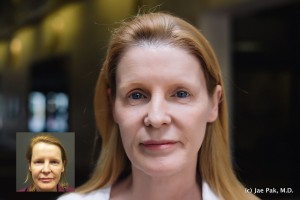

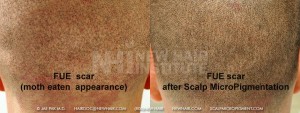







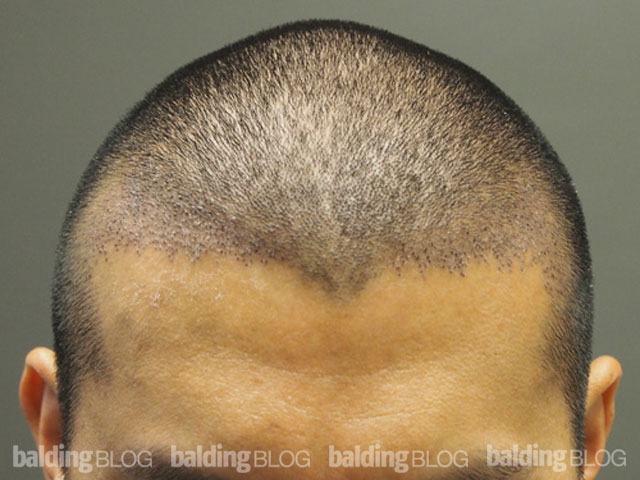
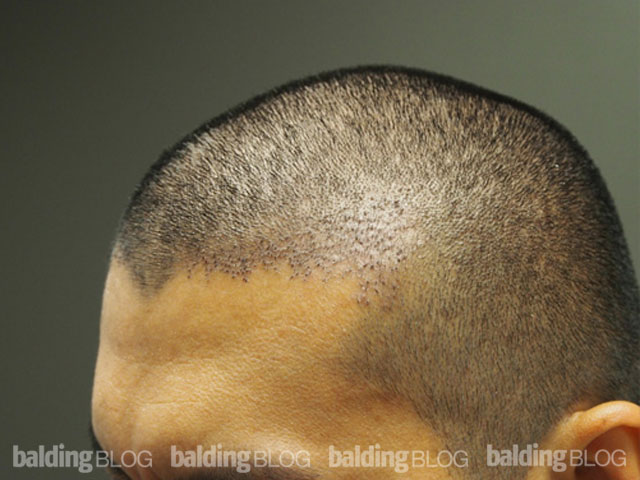
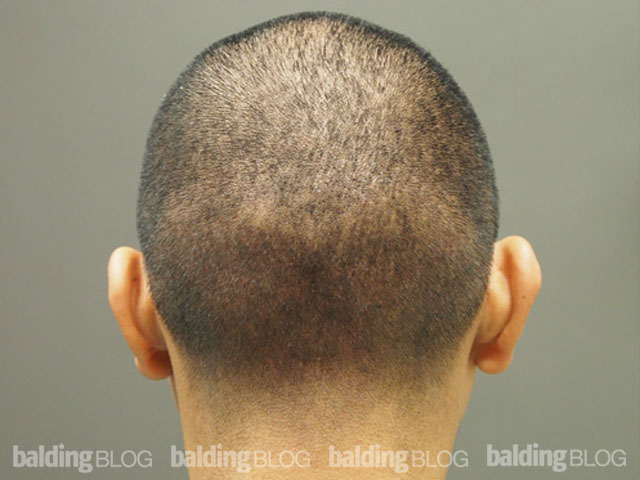
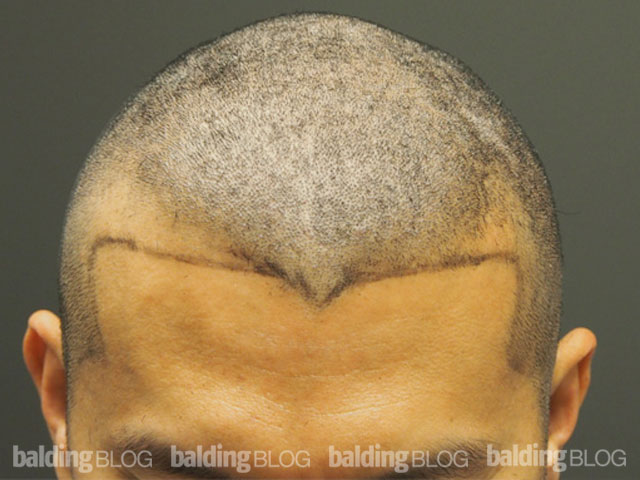
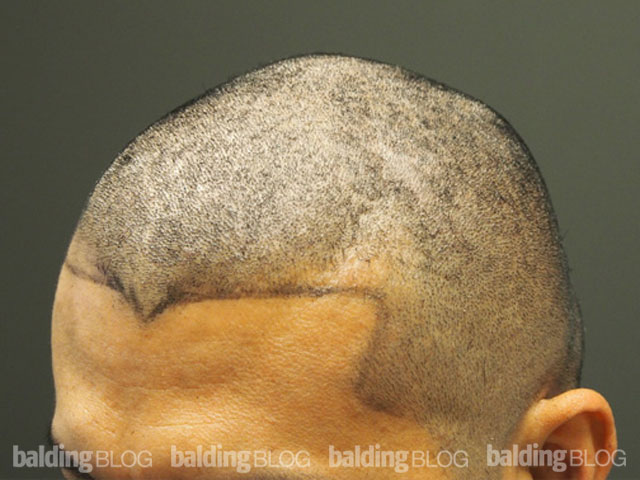
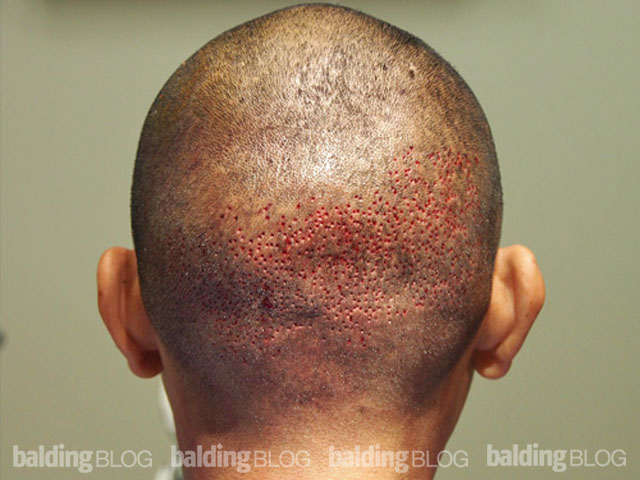
 What sort of hairline does German football player Marco Reus look like he has?
What sort of hairline does German football player Marco Reus look like he has? The dodgy seventies comb-over made famous by personalities like Donald Trump, Christian Bale in American Hustle and Bobby Charlton has been abandoned by modern men, according to new research.
The dodgy seventies comb-over made famous by personalities like Donald Trump, Christian Bale in American Hustle and Bobby Charlton has been abandoned by modern men, according to new research.